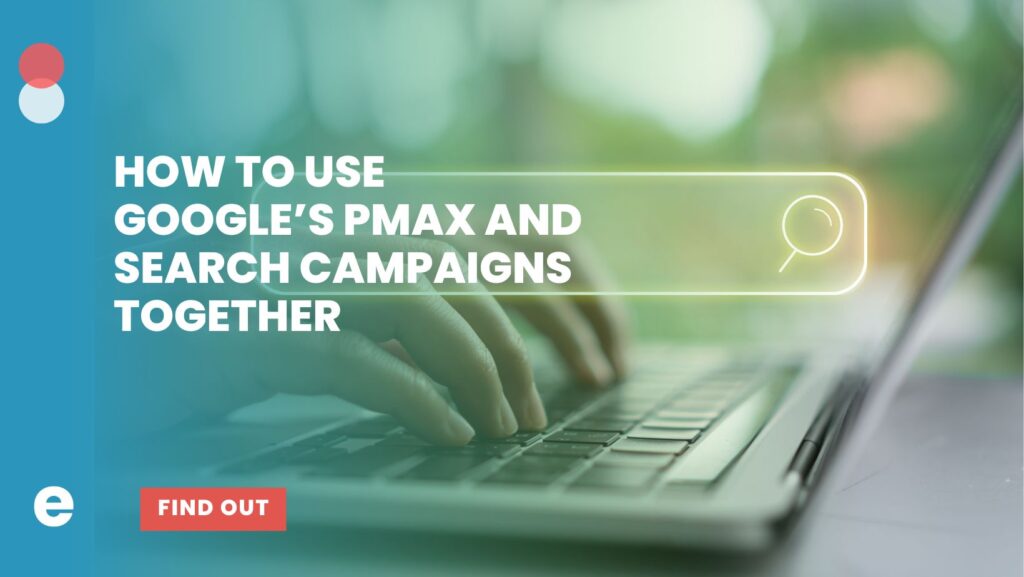Ok so you’re sold on the benefits of content marketing but how do you begin? Here are a few steps to point you in the right direction.
1. Outline your goals
Every business has a dream. It’s what prompted you to set up shop in the first place. Get in touch with that dream. Think about what it is you want to accomplish in the next 3-5 years and start figuring out how you can get there. Figure out what you want potential customers to know about your company and its offerings. What value do you want to convey? Here’s a sample of goals you might consider for yourself:
- Improving revenue
- Building trust
- Providing industry education
- Providing product information
- Engaging customers in creative ways
- Supporting and helping your customers through the challenges of COVID-19
2. Establish your KPIs
Once you know what you want to accomplish, the next thing you need to do is establish your key performance indicators or KPIs. By defining a specific set of KPIs you provide markers by which you can assess the effectiveness of your content marketing strategy. For example, if your goal is to increase revenue, then your KPI could be a monthly or quarterly revenue target. Perhaps your goal is to increase client awareness of your product features. Your KPI then might be datasheet downloads. Or maybe you want to increase customer engagement with your content. A KPI then might be pageview per session, scroll depth or video viewing time. No matter what goal you set, it should always be accompanied by KPIs by which to measure and track your progress.
3. Know your buyer’s persona
You know what you’re offering, but do you know your audience? The next step in developing an effective Content Marketing strategy is to understand more deeply who it is you want to attract, what their needs are, and what kind of content they like to consume. These factors make up what is called the buyer persona. Here are some things to consider when researching your target market are
- Demographics – How old are they? What gender do they identify as? Where do they live? How much money do they make?
- Digital Media Consumption – What sites do they frequent? What channels do they use to communicate (Reddit? LinkedIn)? What people or organizations influence them? (Kim Kardashian? The NRA?)
- Pain Points – What problems do they have? What services do they need? How can you help?
4. Audit current content
Once you know your customers’ informational needs, it’s time to take inventory of the content you have and how effective it’s been in helping you reach your goals. Here are some steps to begin an audit of your content.
- Log your Content – the first step in auditing your content is figuring out what you have. Content takes a wide variety of formats. It can include videos, photos, blog posts, product listings, datasheets, white papers, infographics and more. Get it all in a spreadsheet.
- Categorize Content – content not only takes many forms, it also has many purposes. As you’re logging your content, take note of the problems the content may potentially solve. Is it Informational? Instructional? For Entertainment? What is its purpose?
- Assess Content’s Effectiveness – once you know the content available and what purpose each piece is meant to serve, evaluate how effective that piece of content has been in moving you toward your business goals. There are many ways to evaluate a piece of content. Here are some questions for consideration:
- How much traffic does it get?2
- How long do people engage with it?
- How often is it shared?
- How many people/sites link to it?2
- How well does it serve its purpose?
- Is it organized in a meaningful way?
- Does it have enough depth?
- Has it been optimized for search?
- Identify Content Gaps – you have a product and you know its value, but does your customer? Perhaps you have a tool that people in one line of work use but it has applications in other industries as well. Does it speak to them all? If not, you may have landed on a content gap and an opportunity to create content that will reach a whole new market segment.
5. Determine the kind of content you need
You’ve done your homework. You know who your customer is, where they frequent online and what kinds of content they consume, now it’s time to get to work. Armed with your customer personas the next step is to determine the kind of content you and your customers need most. This might mean refreshing old blog posts for depth and clarity, transcribing a webinar into a detailed tutorial, or turning a whitepaper into an infographic. To get the most out of the old content on hand and new content you want to create, think of the best ways to reach your audience and refresh, repurpose or build new content to meet them where they are.
6. Track, analyze and revise
You know your goals. You set up your KPIs early. Now it’s time to track and analyze your progress. What’s working? What isn’t? Which posts resonated? Which ones had a slow start? Which posts got the most shares? Which posts are people linking to? Has overall engagement increased or declined? As you weigh the success of your content against your KPIs, in time you’ll begin to see patterns develop. Identify the type of content that’s working and create more of it.

Things to Remember
- Effective Content Marketing Requires Focus – Creating content just for the sake of saying you did it won’t lead to success. Before you write a line, post a gif, or create a graphic, be sure your goals are outlined, your message is clear and your medium is effective.
- Effective Content Marketing Requires Consistency – One-off acts of Content Marketing won’t win the war. If you think posting the occasional random blog is going to help you meet your marketing goals, you’re sadly mistaken. The more consistent your posting and brand messaging is, the more your customers will trust you. The more they trust you, the greater their loyalty.
- Effective Content Marketing Requires Time – Content marketing is one of the few marketing efforts you can invest in that has compounding ROI over time, yet sadly, most marketers quit before they start reaping the benefits. A blog post you write today could take six months before it reaches the right people, gains the right links and begins driving new traffic to your site, but if you’ve done your research, are consistent in your efforts, it won’t be long before it starts paying you dividends.


